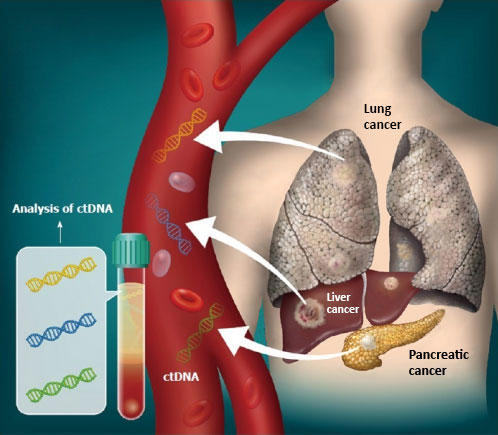A new study published in the European Archives of Psychiatry and Clinical Neuroscience has shed light on the brain structure differences associated with psychopathy — a condition known to be one of the strongest predictors of persistent violent behaviour. Using advanced neuroimaging and the Julich-Brain Atlas, researchers from Forschungszentrum Jülich, RWTH Aachen University ,Heinrich-Heine-University Düsseldorf, Georg August University, (Germany) and University of Pennsylvania (USA) have identified specific brain networks that appear to be structurally altered in individuals exhibiting psychopathic traits. The Atlas can be freely accessed via the EBRAINS Research Infrastructure.
The study examined structural MRI data from 39 adult male participants diagnosed with psychopathy, compared with matched control subjects. Researchers assessed psychopathic traits using the Psychopathy Check-List (PCL-R), a well-established diagnostic tool that evaluates two key dimensions: interpersonal-affective traits (factor 1) and lifestyle-antisocial behaviour (factor 2).
Results revealed that higher scores on factor 2 — related to antisocial tendencies — were linked to reduced volumes in multiple brain regions. These included subcortical areas such as the basal ganglia, thalamus, and basal forebrain, as well as parts of the brainstem (pons), cerebellum, and cortical areas in the orbitofrontal and insular regions. These areas are known to play roles in emotion regulation, decision-making, impulse control, and social behaviour.
In contrast, associations with factor 1 traits, such as pathological lying and lack of empathy, were weaker and more variable. Some volume differences were noted in the orbitofrontal, dorsolateral-frontal and left hippocampal areas, but the patterns were less consistent across individuals.
Group comparisons also revealed a significant reduction in total brain volume in the psychopathy group, with the most notable localised difference in the right subiculum, a part of the hippocampus involved in memory.
The study's authors highlight that the findings suggest a particularly strong neurobiological link between antisocial behaviour and reduced brain volume across widespread regions.
The study advances research on the neuropsychobiological correlates of aggression, which will be intensively investigated in the next years at RWTH Aachen together with the universities in Heidelberg and Frankfurt, the Central Institute in Mannheim, as well as Forschungszentrum Jülich within the research initiative SFB TRR 379 (Neuropsychobiology of Aggression: A Transdiagnostic Approach in Mental Disorders.)






